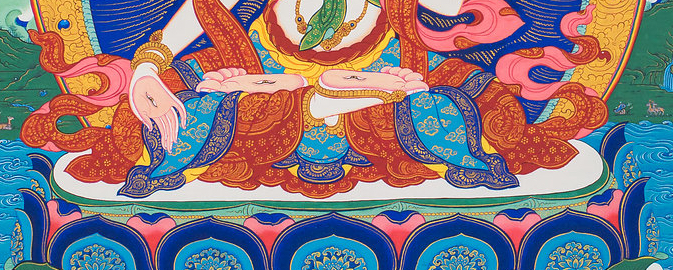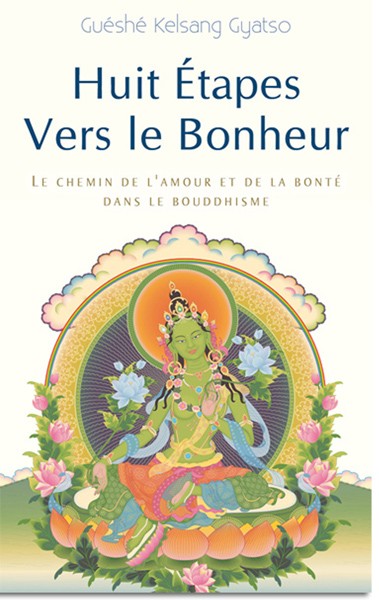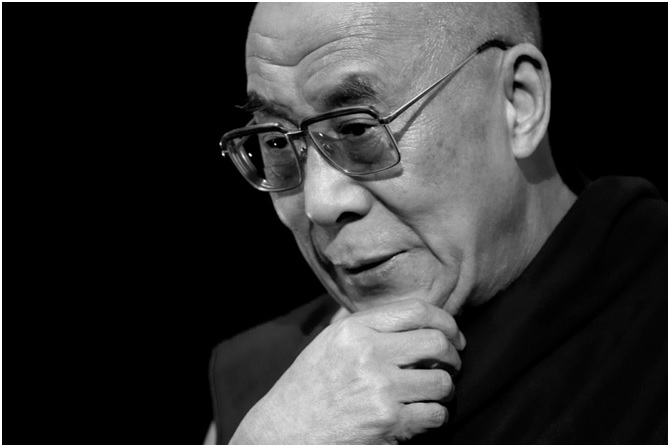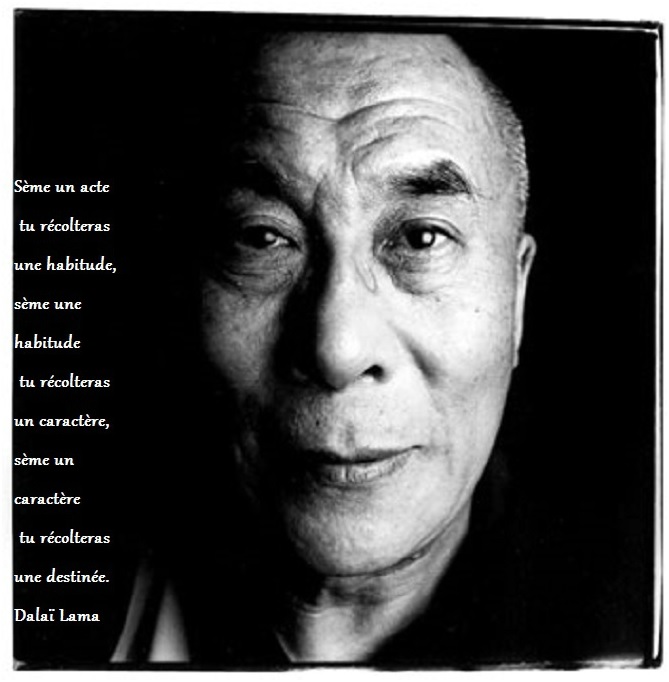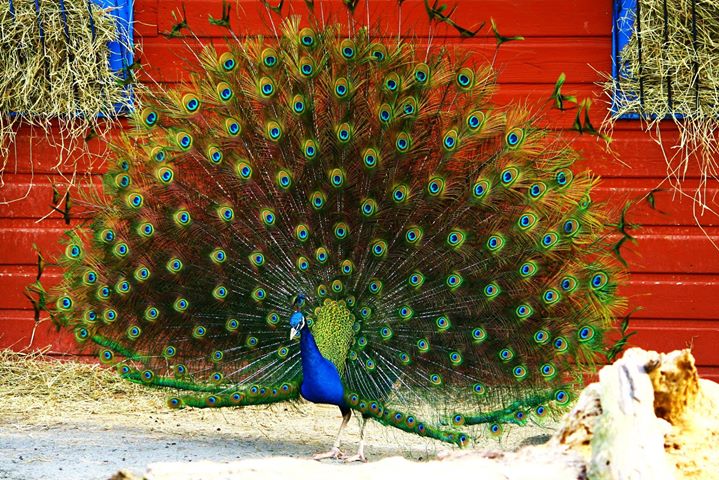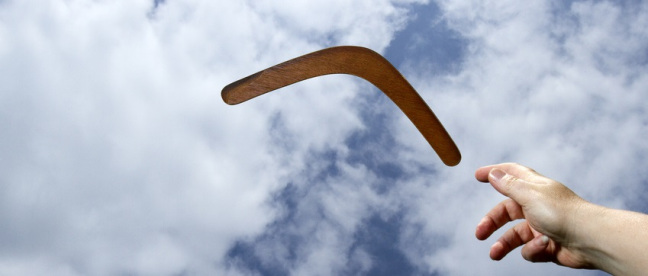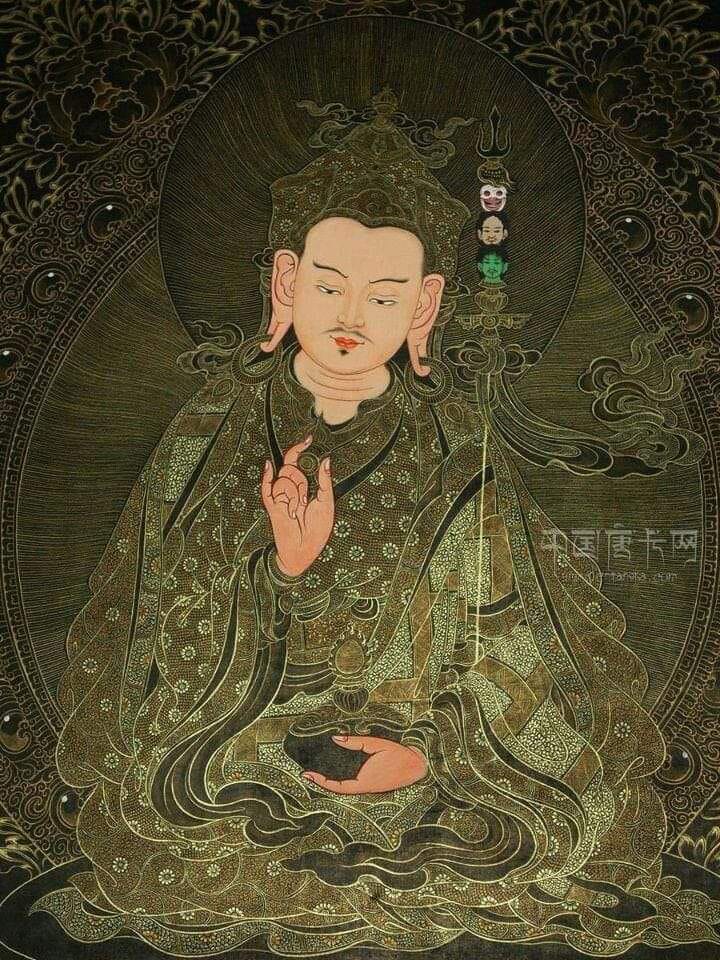Originally published in the January 1995 Shambhala Sun magazine, this interview finds Yauch after the release of Ill Communication, candidly talking about about hip-hop, hardcore, helping people, and his relationship to Buddhism’s Bodhisattva Vow.
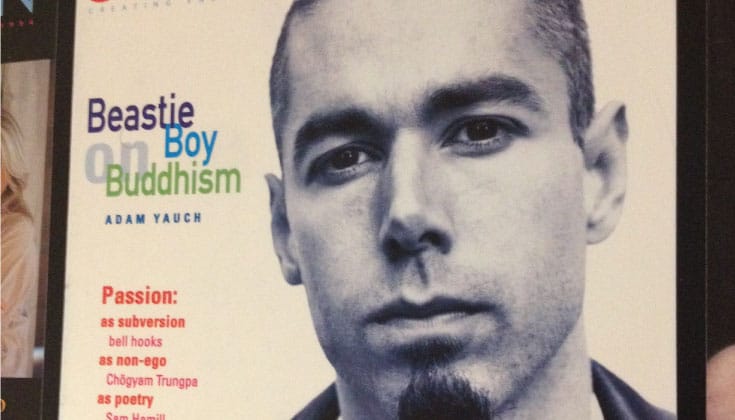
Amy Green: What was your first experience with Buddhism, the first thing that really caught you? Was it books you read?
Adam Yauch: I was reading a lot about Native American and other religions and checking out different things. Then I was in Kathmandu about two years ago, and I met some people who were Tibetan Studies majors living there. I was just hanging out with them; went to a couple of monasteries and Tibetan people’s houses and started getting into Tibetan culture a little bit. And I went and saw the Dalai Lama speak when he was in America for the Arizona teachings. I have studied a lot of different things; Buddhism is fairly new to me.
Jerry Granelli: Buddhism made sense to you?
Adam Yauch: It just seemed like Buddhism, especially Tibetan Buddhism, because that’s mainly what I’ve been exposed to, was a real solid organization of teachings to point someone in the right direction. Some real well thought out stuff. But I don’t know, like, every last detail about Buddhism. (laughter)
Jerry Granelli: Even the Buddha didn’t. Most of the teachings are somebody asking him a question. You know, not just some kind of solo performance or something.
Amy Green: Do you feel like the Dalai Lama is the main Tibetan teacher that you connect with?
Adam Yauch: I think the Dalai Lama is an amazing individual, but I think that Tibetans in general are really centered in the heart, coming from a real warm place. Real compassion. I think that all of the years that Tibet spent focused on Buddhism kind of affected the collective consciousness of Tibet and just kinda stayed in. It’s so deeply inlaid in the culture. It’s the closest thing that I’ve seen on the planet, as one culture, that really…the most advanced culture mentally, as opposed to our, uh, physical advancement.
Jerry Granelli: As somebody who has played music all of my life and been a Buddhist now for 24 years, I’m interested in the way you compose. Can you relate that to meditation or to non-aggression, which is the foundation of Buddhism.
Adam Yauch: I guess what I do is visualize the way that the music should feel or what it should represent. In meditation or whatever, just hanging out and listening, I work on visualizations of what that music represents or feels like to me and then when it comes time, it just pretty much comes out, somehow. It just comes through.
So that’s the main way that I compose. There’s no set way of starting with music and then working on lyrics, or starting with lyrics and then working with music. It is kind of random when it comes together and just playin’ around to see what works. But the main part of it is that visualization. Just knowing what the music feels like. Not necessarily what it sounds like.
Jerry Granelli: As a musician I find that I’m constantly dealing with my mind, the same kind of stuff that meditation brings up. I was wondering if meditation has affected your own relationship to music? Have they worked together in any way?
Adam Yauch: Not Buddhism exclusively, because, as I said, I’ve studied different things. But I think that as you start understanding the nature of reality in a different way, it affects everything that you do. Music is one of the main things I do-it totally affects that. But it probably also affects the way I walk down the street or what I’m thinking about while I’m doing my laundry. It just kind of affects your whole perception and thinking process…or non-thinking process…. (laughter) or watching yourself think, or something like that.
Amy Green: Do you practice any formal meditation practice?
Adam Yauch:Yeah. I spend a little time in the morning and at night, just bringing stuff into perspective from the day or setting up what’s going to happen the next day. And doing visualizations. Things like that.
Amy Green: Practices that you have received from teachers?
Adam Yauch: My main teacher is not Buddhist. The guy who mostly taught me pretty much picked up whatever he has just through meditation. He lived by himself off in a log cabin somewhere for years and gained a lot of understanding about the nature of reality. He’s been my main teacher. So he’s not coming from any specific religious background; he’s just coming from his own understanding.
To me Buddhism was kind of like an afterthought. I still think it’s amazing, but I learned most of what I’ve been learning, kind of getting me going in a direction, from this friend of mine-his name is Quentin. And then I started reading some Buddhist books and just kind of went, “Oh yeah, this makes sense.” It’s slightly different wording and different context, but it’s real similar to the stuff I’ve been working with.
So even the bodhisattva vow is something that I had taken to my self, a bunch of years before I had read about it in Buddhism. And then when I started learning about it in Buddhism, I thought, [says in thick New York accent, like a ’30’s gangster] “Yeah…that makes sense. Look, they got that all figured out there.”
Jerry Granelli: “Someone wrote it down!”
Adam Yauch: Buddhism just seems like a very logical, organized approach.
Jerry Granelli: I hear spirituality in your music. There’s a caring in the music. It’s not just about “fuck you.” How was your environment in your life growing up? That had to have had an affect.
Adam Yauch: Actually, I was really…I’m an only child. [Jerry: “Yah”… gestures thumbs up] You are, too? I just lucked into a really amazing set of parents. They are really cool and supportive. All the way through. You know, a lot of people you meet wind up with a lot of things that they have to deal with in their life because of stuff their parents have thrown at them. I somehow managed to side-step that one, for the most part.
Jerry Granelli: We were talking earlier about Burroughs. Who were your poets? What did you listen to or read?
Adam Yauch: Lyrically, I was influenced by stuff like Bad Brains and Minor Threat, which were “hardcore” bands that really set a tone for being able to play really loud, powerful music and have the lyrics be really positive. There is this sheer power, but without negativity.
Before that, I had always thought of positive lyrics having to be in this nice little happy music, and hard loud powerful music being about really negative stuff. To this day, the Bad Brains were probably the “hardest” that have ever played music. They took like, whatever, Coltrane, and combined that with punk and the precision of classical or jazz players. It’s the most powerful music ever, and the most positive lyrics, really about unity and stuff.
Jerry Granelli: Yeah, there is a seriously spiritual message in their thing. I’ve always found that.
Adam Yauch: Yeah. So that totally affected my music. ‘Cause when I was 15-16 years old, I was going to see those bands every night, like Bad Brains and Minor Threat. That’s what mainly affected my way of thinking about music. Then I forgot about it for a bunch of years. I went and got drunk and made some stupid music. (laughter) But… nothin’ wrong with that! No regrets there. It’s not anything “bad.” It was “stupid,” but it was fun bein’ “stupid.” Nothin’ wrong with bein’ “stupid.” (laughs)
Amy Green: On the latest album, you stand alone with more solo raps than ever before and say things that are very personal. There is a quality of talking about your own path and the idea of a “path” in general. Saying things that are important to you. Did you make a clear decision to step forward on your own?
Adam Yauch: I’ve just been building up my confidence in doing that over the last few albums. On Paul’s Boutique, there’s a song where I am starting to say what I’m feeling spiritually. It’s called “A Year and a Day,” but the lyrics to that song aren’t on the lyric sheet and I’m using a real distorted mic, so it’s not really clear. And I got a lot of positive feedback from people. I was kind of taking a big risk for myself doing that, just in terms of my own confidence, but I got a lot of positivity on that. Then there were a lot of positive lyrics on “Check Your Head.” That kind of thing goes back and forth: when I hear that people are into it, it makes me feel more confident. So, that’s kind of the route it’s been going.
Amy Green: It’s interesting the way you appear to be opening up in that way, while at the same time, this tremendous tidal wave of commercial success is happening and you are riding on that. You must have all kinds of crazy, different energy, a lot of aggression coming at you. I read that you’re going around “incognito” a lot.
Adam Yauch: That’s just tryin’ to have a good time, you know? Everybody loves a good disguise now an’ then! (laughter)
Amy Green: That’s just for fun?
Adam Yauch: Yep. (Laughs) Actually, you can learn a huge amount about yourself and other people by being in disguise. It’s actually an amazing thing. We were just doing it as a goof, but you put on some outfit and it totally affects the way people perceive you. In turn, by the way that people perceive you and act differently toward you, it makes you act differently towards them. Throw on a cowboy hat and some cowboy boots or some other look and it makes you really understand yourself and the way people act a lot better. We would put on some stupid disguises and go out to a night club and just talk to people and goof around, and you learn so much—how much people have set ideas about you or how much you have set ideas about yourself.
Amy Green: You don’t feel like you have to protect yourself or hold back from being out the world? Defend yourself?
Adam Yauch: Sometimes I’m not able to really communicate with a lot of people openly, because it takes so much. Especially when you’re doing a gig or something, you have a huge amount of attention focused on you. Everybody is there and they are all excited about it. You go on stage and put out all your energy doing a performance, and then come back and there are fifty or sixty people that just need five minutes of your time. And sometimes, you just gotta’ totally shut down, because you don’t have that kind of energy to put out. It is an issue that I’m dealing with in myself lately, getting over a kind of guilt factor in my mind of not being able to always give people what they want, specifically.
Amy Green: Oh, that’s okay….(laughter) It seems that bodhisattva vow and path have something to do with going beyond the idea of what you think you should do to be a good person, and into doing what is actually appropriate for you to do. That helps others.
Adam Yauch: Yeah. It’s just understanding exactly what “bodhisattva” and “path” are, I think. Because, the bottom line, I think, of the bodhisattva path is doing what most benefits the totality of the universe, of all that is. And when you put yourself out there in a way that you aren’t really functional, then that is not going to most benefit the universe. You know, it’s just trying to get a feel, in your heart, for what’s going to most benefit the interconnectedness of all that is.
Amy Green: Well said!
Adam Yauch: [Looks around, looks behind him.] Where did THAT come from? (laughs)
Adam Yauch: Check His Head: Keep that! Keep that!
Adam Yauch: I do think that’s an important issue. It’s something that I think about. I think that’s what a lot of “wrathful deities” are about; that sometimes, if there’s a little kid going to stick his hand in the oven and he is going to get burned, you gotta’ scream at him or smack him, or something. But, you’re not doing it out of anger. You’re doing it out of love. That’s the thing to keep track of: the motivation behind what you are putting out. If my motivation is clear, what I’m saying is, “I can’t talk to you right now. I don’t have time to do that.” My motivation isn’t to be rude to that person. That’s the key.
I do think that is a misconception of what the bodhisattva vow is. Because a lot of people just mess themselves up by feeling like they have to “do” stuff for other people, all of the time, even when that’s not working for them personally. They have to include themselves in that overall picture of benefitting everyone. They have to include themselves as “beings”, and know that by being in their strongest place, that that is how they can most benefit the universe, most of the time. Being a bodhisattva is about strengthening yourself, so you can go on. Benefit where the benefit is needed. Come from a strong place in yourself and you really help people.
Amy Green: Have you met many people who identified themselves to you as Buddhists, or people who have tuned into that thinking particularly?
Adam Yauch: Especially since we’ve been writing a lot of more positive lyrics and the music is going in a real positive direction, I wind up meeting a lot of really incredible people. Sometimes I’ll meet kids who’ll say, “Yeah! My mom is a Buddhist. I was raised as a Buddhist. I was raised in this Tibetan community,” or whatever. Some people just say that they like the lyrics, or that the lyrics strike them well. That feels good. That’s like the biggest compliment in the world; that just makes me feel like cryin’. Sometimes, when people come up to me and tell me that the lyrics, somehow, helped them or made them feel good, it’s just like, “Damn…” [looks down, pauses, obviously moved] What was the question again? (laughs)
Amy Green: Do you see a lot of suffering? There’s numbed, white people style suffering, probably around you. Rap came out of a more physical, violent suffering. The ghetto. Very immediate kind of suffering…
Adam Yauch: Not originally, though. Early on, hip-hop music was really positive, most of it. Early on, most of the lyrics were about unity and bringing different cultures together. Then around ’86, it became a real powerful vehicle. Chuck D of Public Enemy just brought it into a whole different ballpark when he started using it as a vehicle to let people know about the oppression of blacks. He was using it for a combined thing: a voice directly to black youth culture in America and bringing unity and power into that, which was totally needed.
It just switched around—right then—because it was so powerful what Chuck D was doing with it. I think it’s really important that that happened. So many people are unaware of the oppression that still goes on to this day of blacks, all of the time. He brought some whole new perspectives on that for a lot of people. Myself included. Affected my thinking a lot.
Jerry Granelli: Your generation of musicians, same as J. Anthony’s, making whatever kind of music you want to call it, is fighting the same battle, in some way.
Adam Yauch: It’s kinda cool when you KNOW, when you get a feel for right where that boundary is, to push, then you just, (whistles) “PHEW…” That’s definitely fun.
Jerry Granelli: How did you guys make the progression from a hardcore style into more rap?
Adam Yauch: I think both those forms of music have the same kind of feeling behind them, but they’re coming from different cultures. Hardcore or punk is coming from white, western culture, or whatever. Hip hop is coming from African descent, black American music.
So a lot of hip-hop groups just started coming downtown, and were playing at the clubs, and we were all listening to a lot of hip-hop. We would be hangin’ out at the punk clubs and they’d be playing hip-hop records, too. So we just kinda started gettin’ into rhyming, because we were really into it. Then we hooked up with Russell Simmons, somehow, who is a manager of a lot of hip-hop groups. We started going and playing to more black audiences, going up and gettin’ on at The Fever, The Encore and places like that.
So we crossed-over like that. At first when we started rhyming, we were still rhyming in the downtown, hardcore-type scene. Then we started doing gigs with hip-hop groups, like opening up for Kurtis Blow, and we just disappeared from the hardcore scene for a while. Then later it just kind of came back together and started becoming more like one thing. The hardcore and the rap started coming together.
Jerry Granelli: And then you made another shift back into playing more instrumental.
Adam Yauch: When we were working on Paul’s Boutique, the second album, we started listening to a lot of funk and jazz stuff, looking for samples. We were trying to find records to sample and just listening to that kind of playing gets you back into the “playing” frame of mind. So right around when we finished Paul’s Boutique, we started jamming and playing again. I guess that around ’89. We started trying to play funk, and kinda’ wound up with somethin’ else. But that’s what we were trying to do. (laughs)
Amy Green: Has the energy changed? What is the difference in what it takes out of you to be playing in front of 200 people or…I don’t know how big it gets…THOUSANDS.
Adam Yauch: Yeah. You get more amped off it, with the huge crowds. But sometimes you’re in a little room and everybody is going wild. The energy is ALL in there. I just jumped on and played a song at CBGB’s the other night, with this friend of mine’s band. The Cro-Mags were playing and they asked me to get up and play. We did a cover of a Bad Brains song, and everyone was just going wild at “CB’s.” And I was remembering that feeling; it is just this LITTLE room and everybody is bouncing off the walls. So it is different now, I guess it’s different. (laughs)
Amy Green: How big is it getting now?
Adam Yauch: Well, we just did the Lollapolooza Tour. That’s real big, but that’s a bunch of bands drawing the people in. That’s not just us. I think the biggest it got would be close to 47,000 people. And that’s an AMAZING feeling. That’s like, “WHHHHHAAAAA….” just seeing them going ALL that way back. But that’s not just us pulling in (laughing) that kind of number. (laughter) That’s 15 bands.


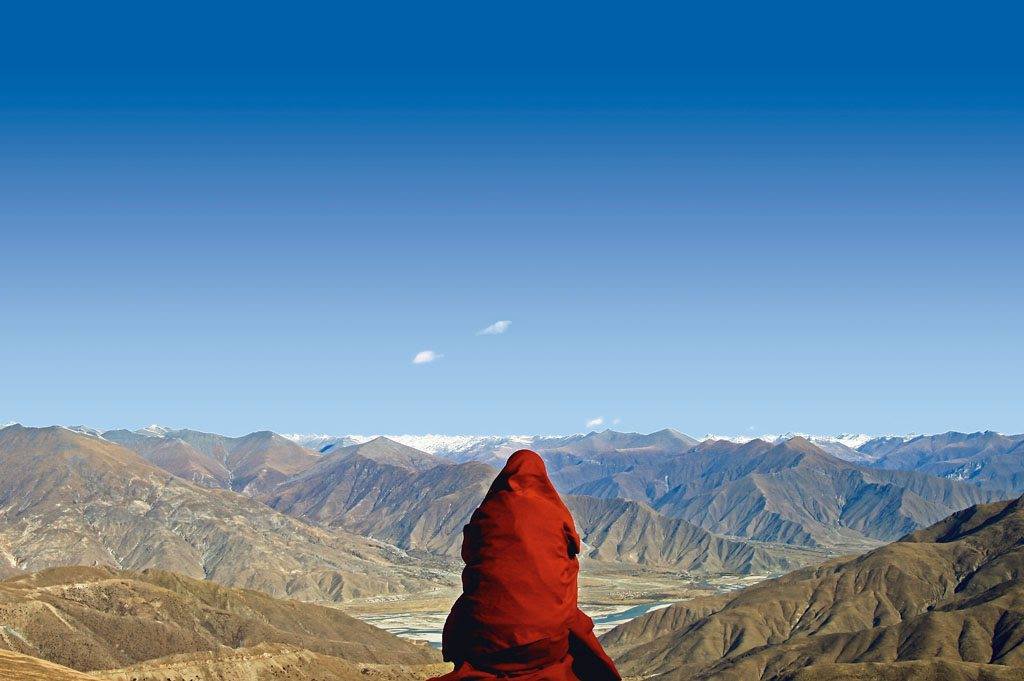
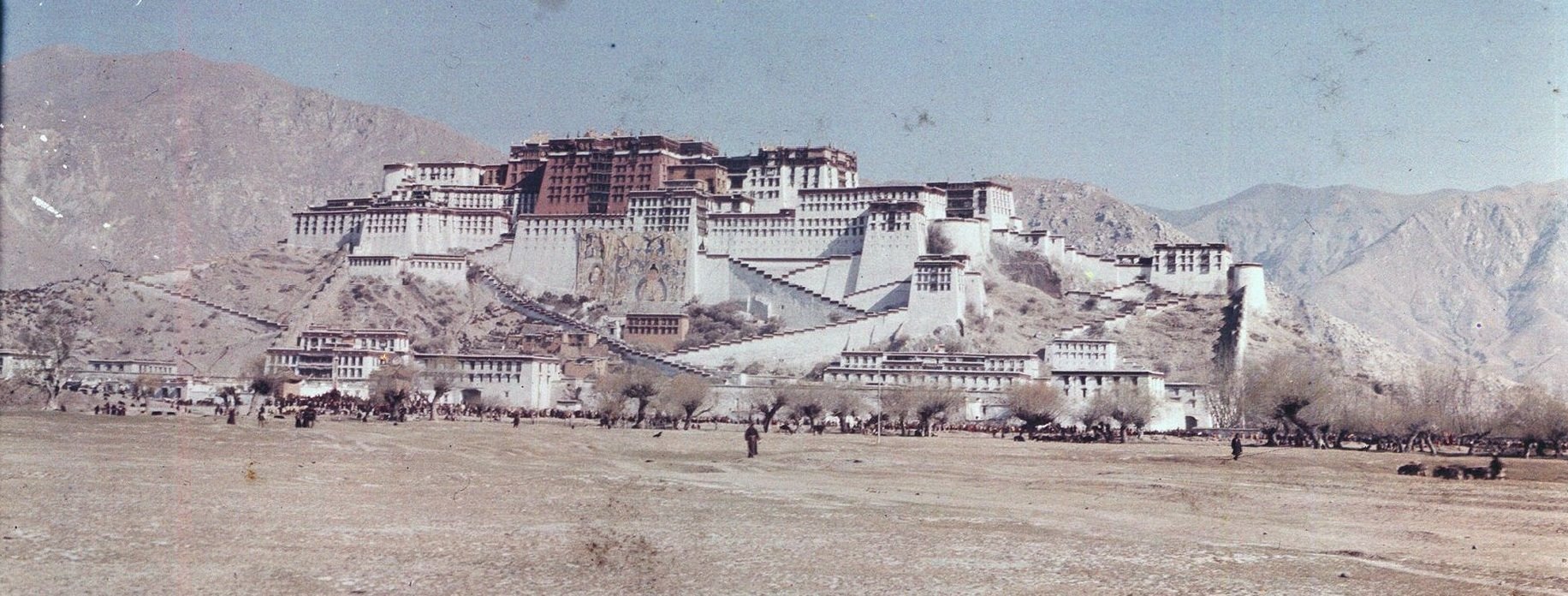
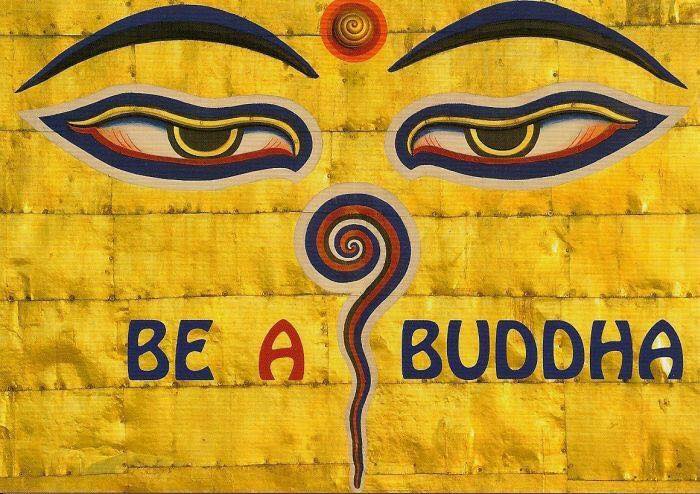
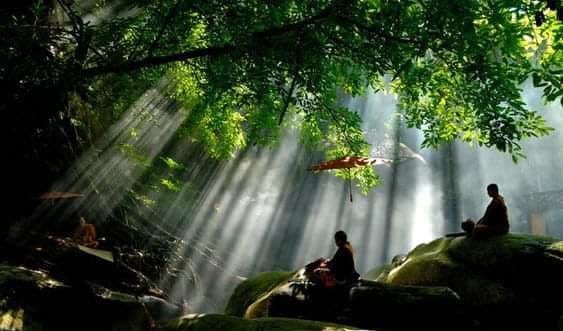
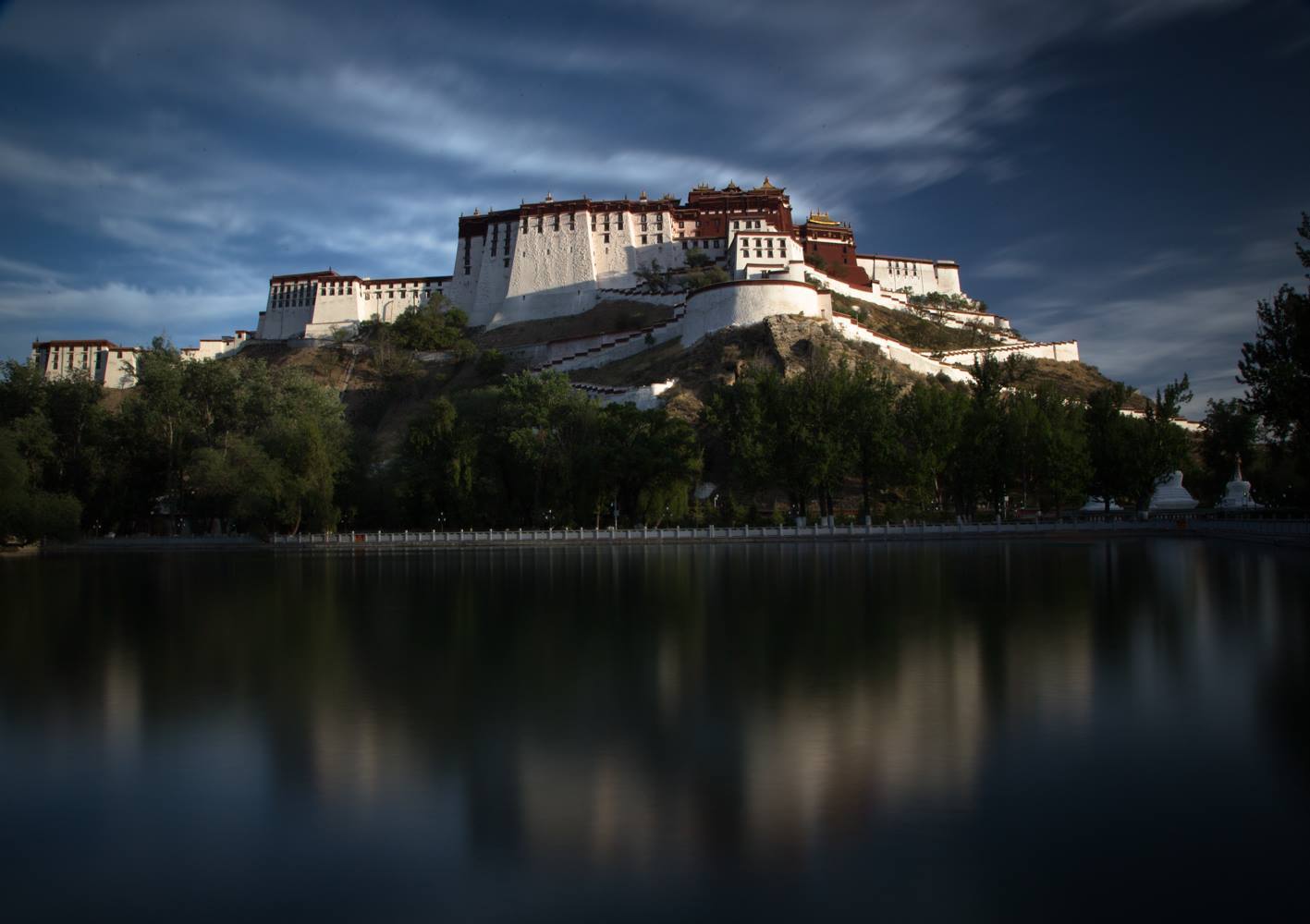
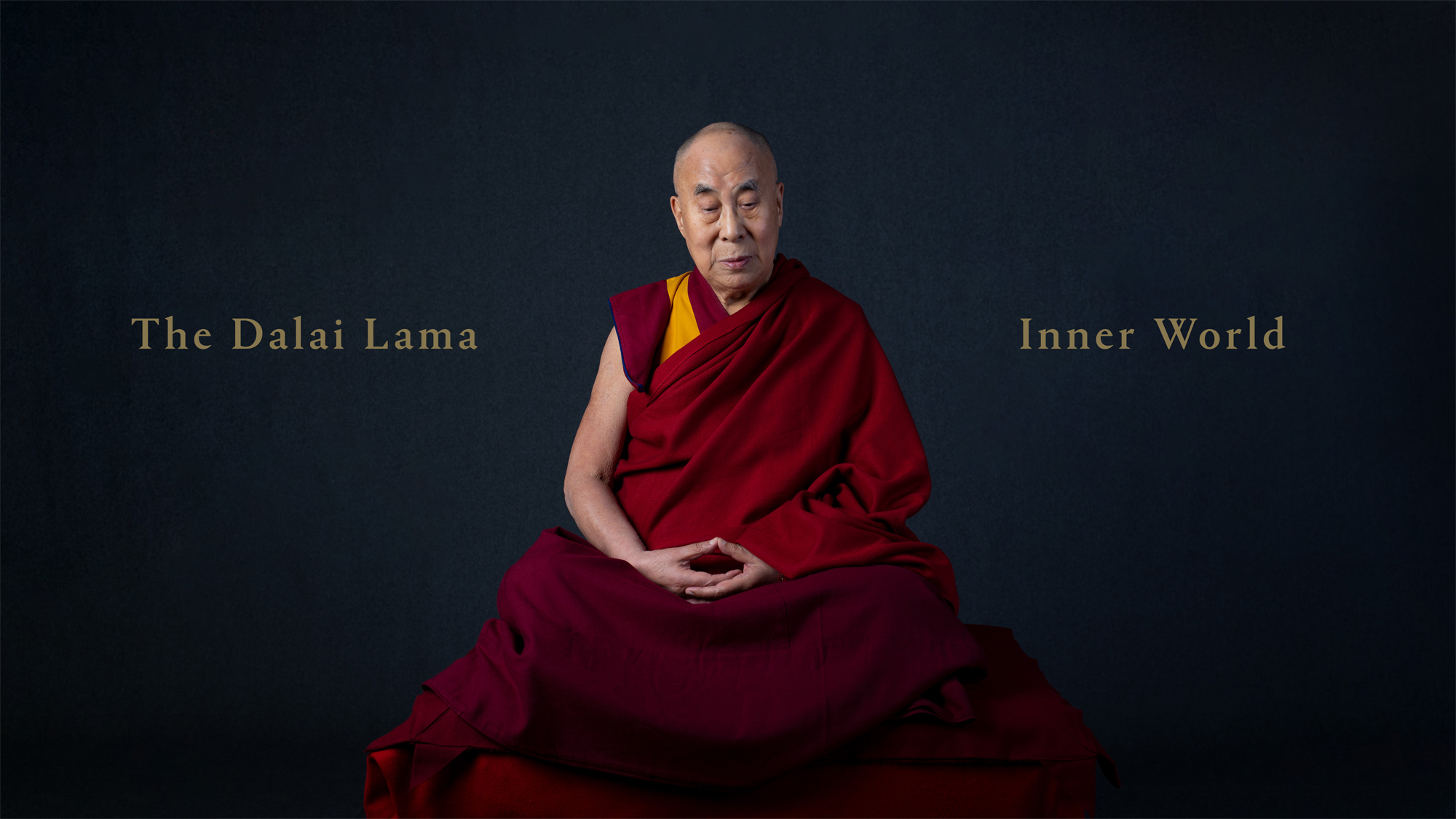

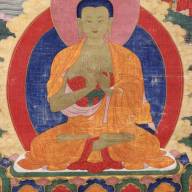

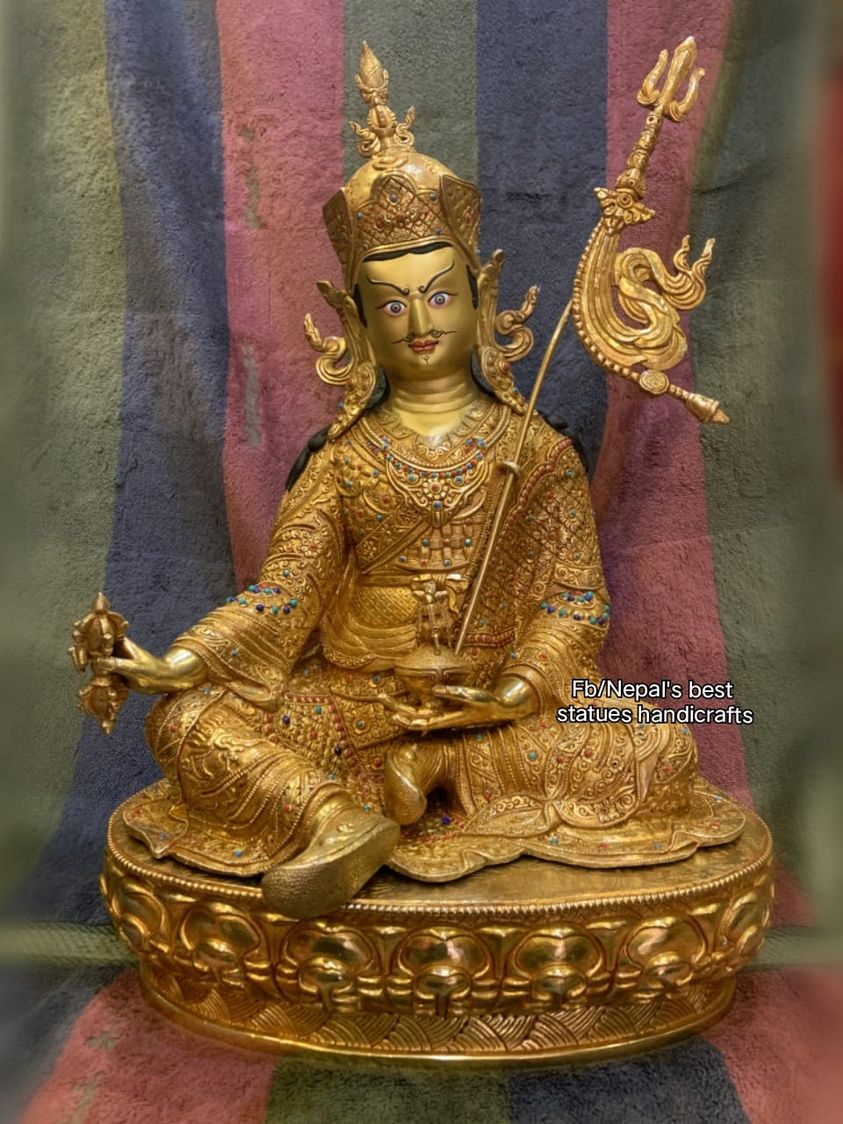
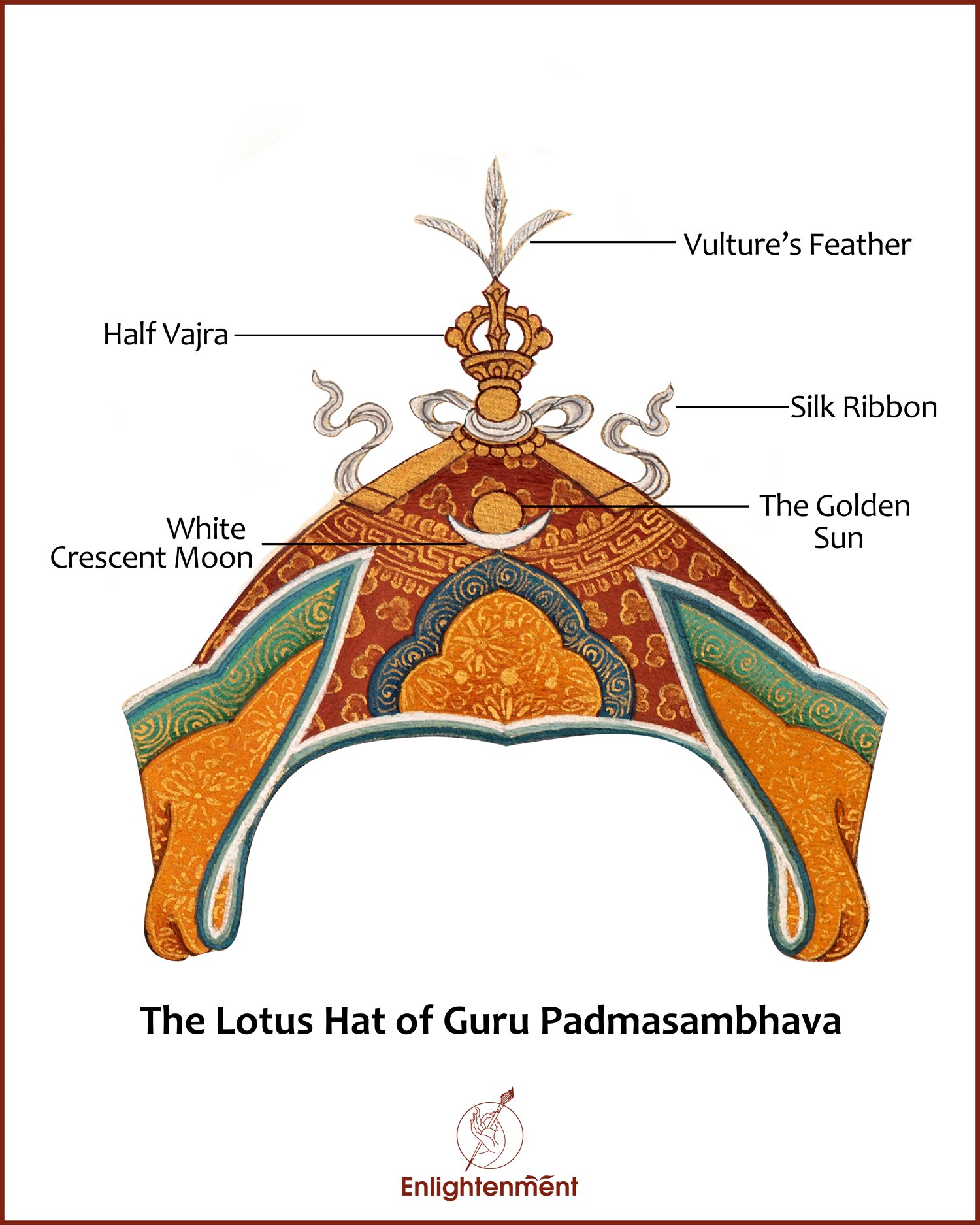


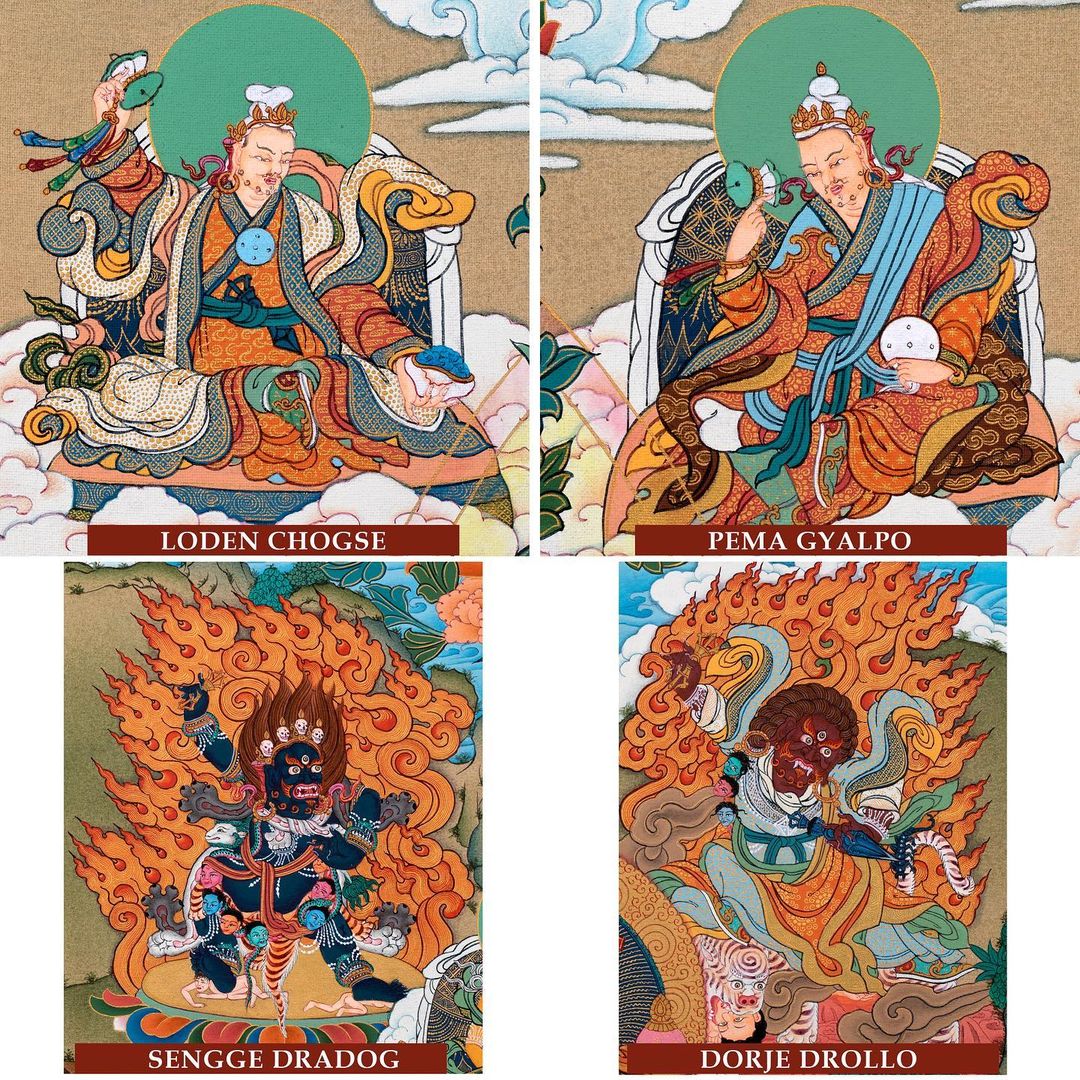
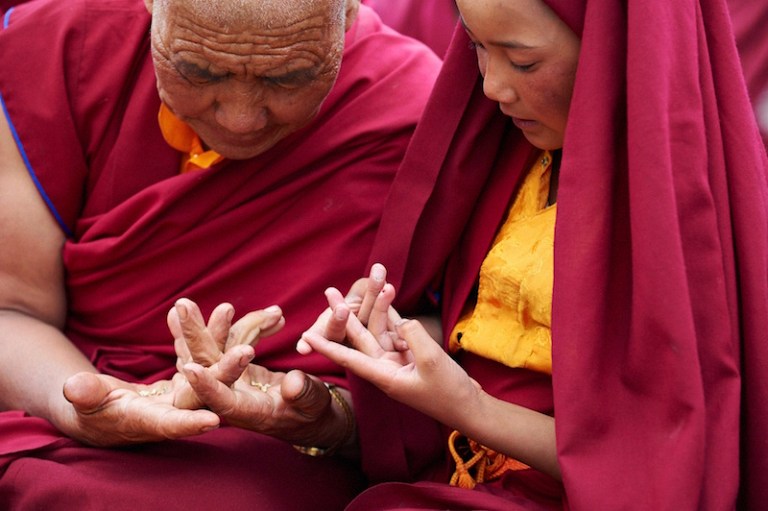
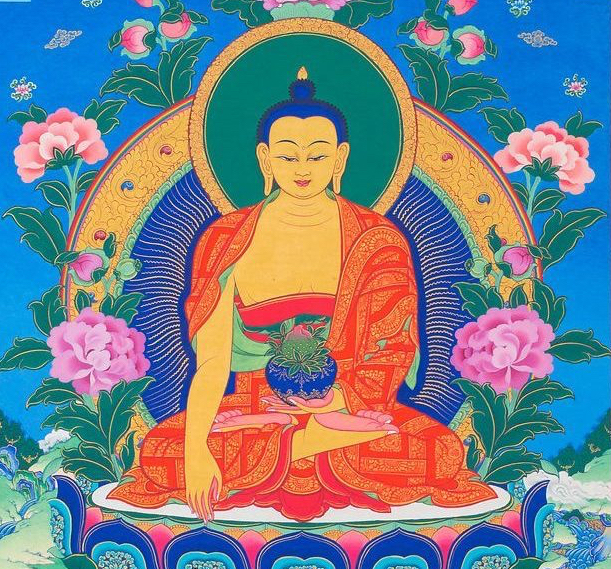
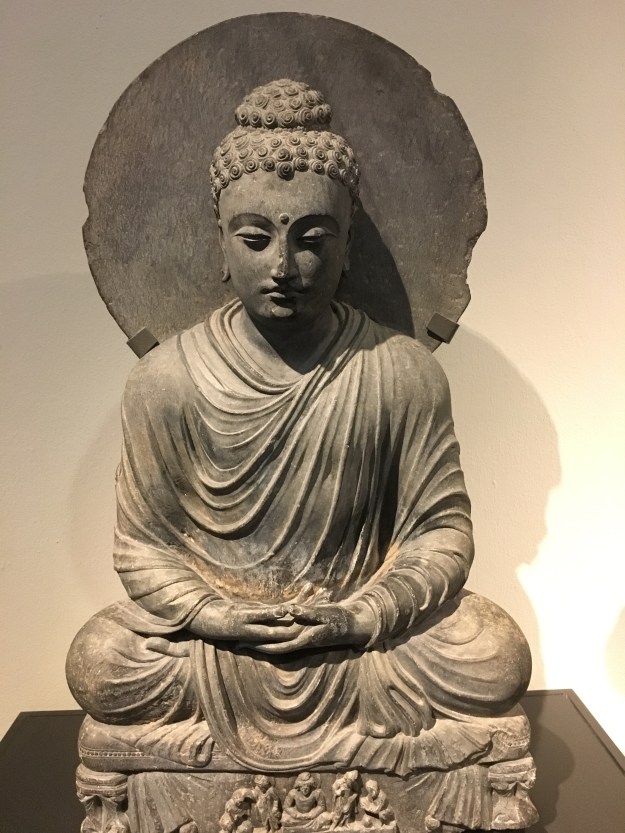

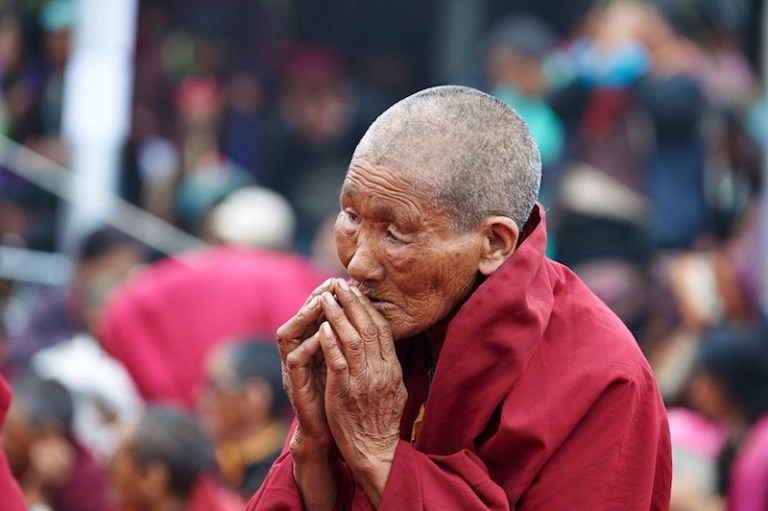
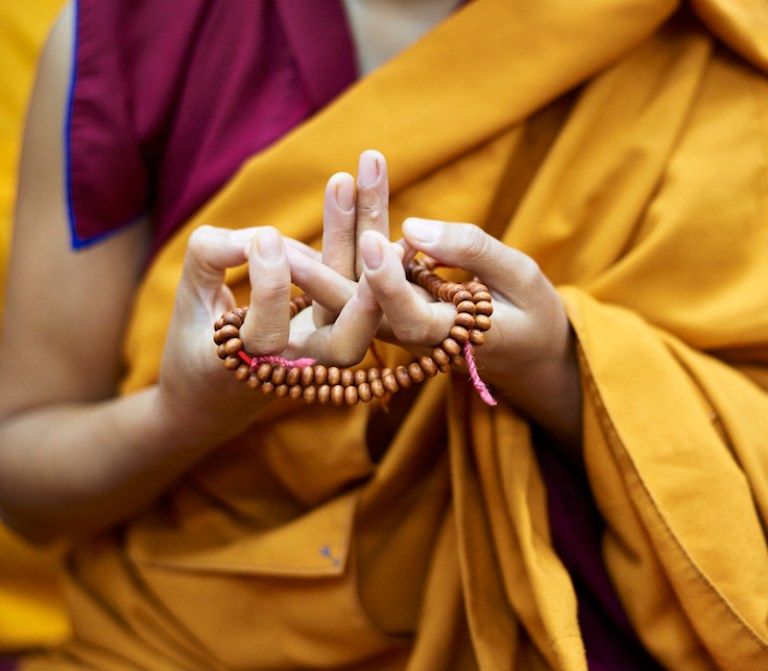
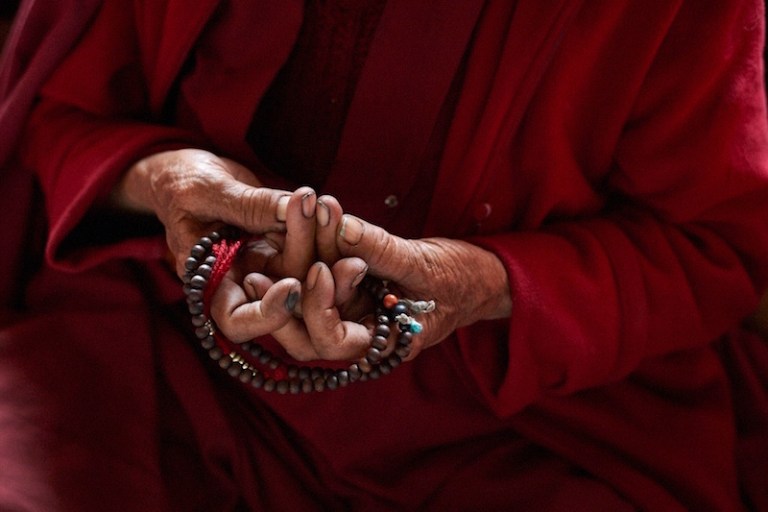
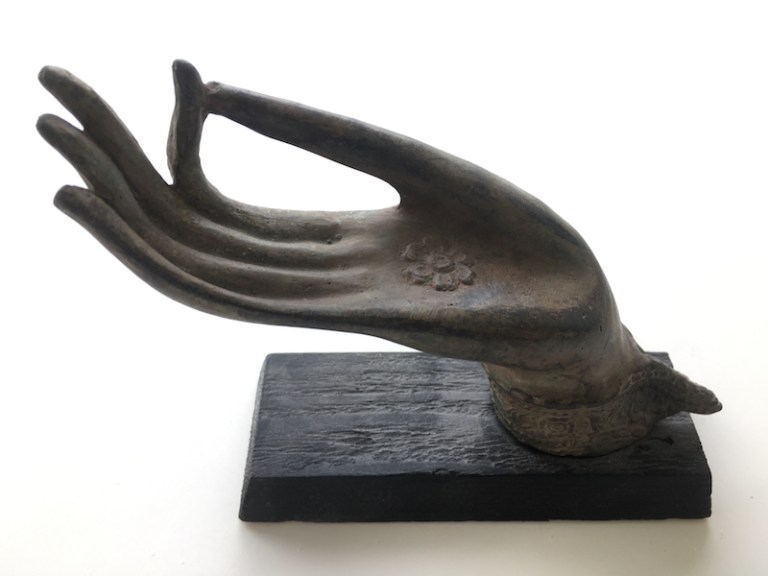
 mudra9
mudra9